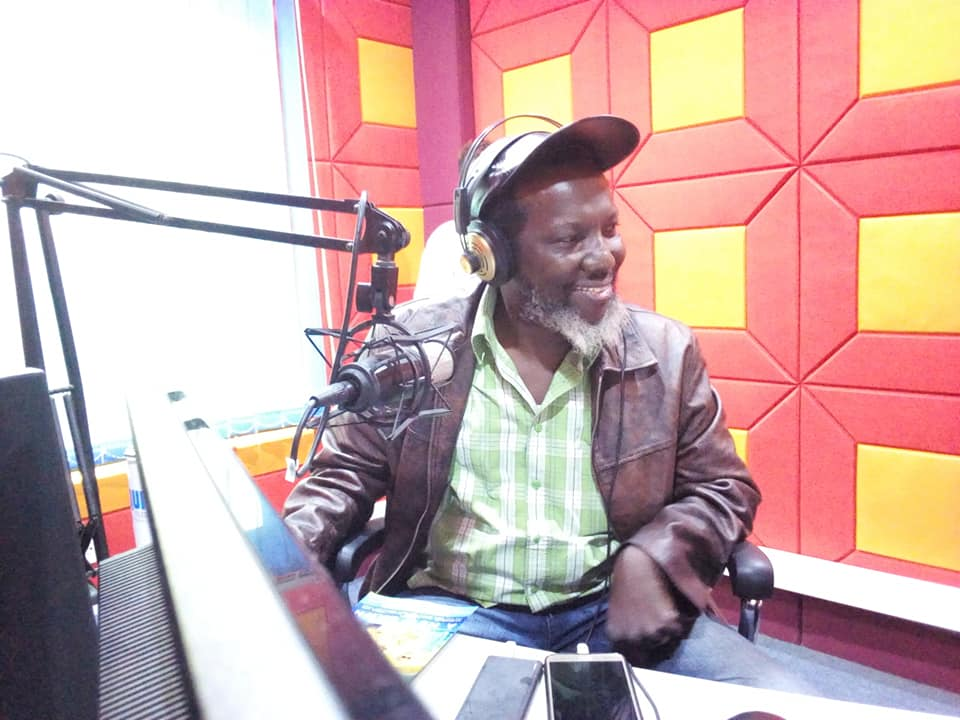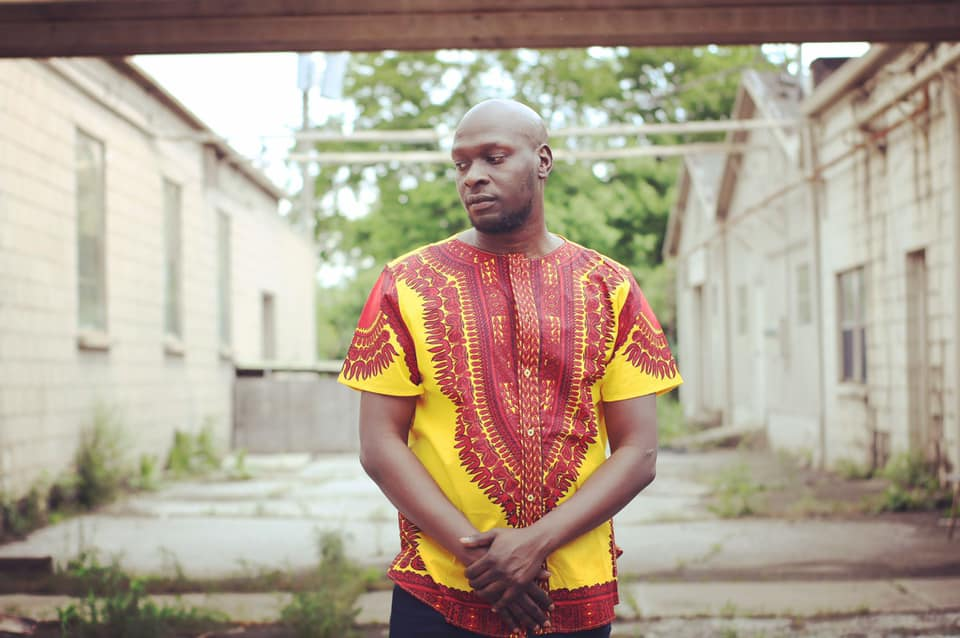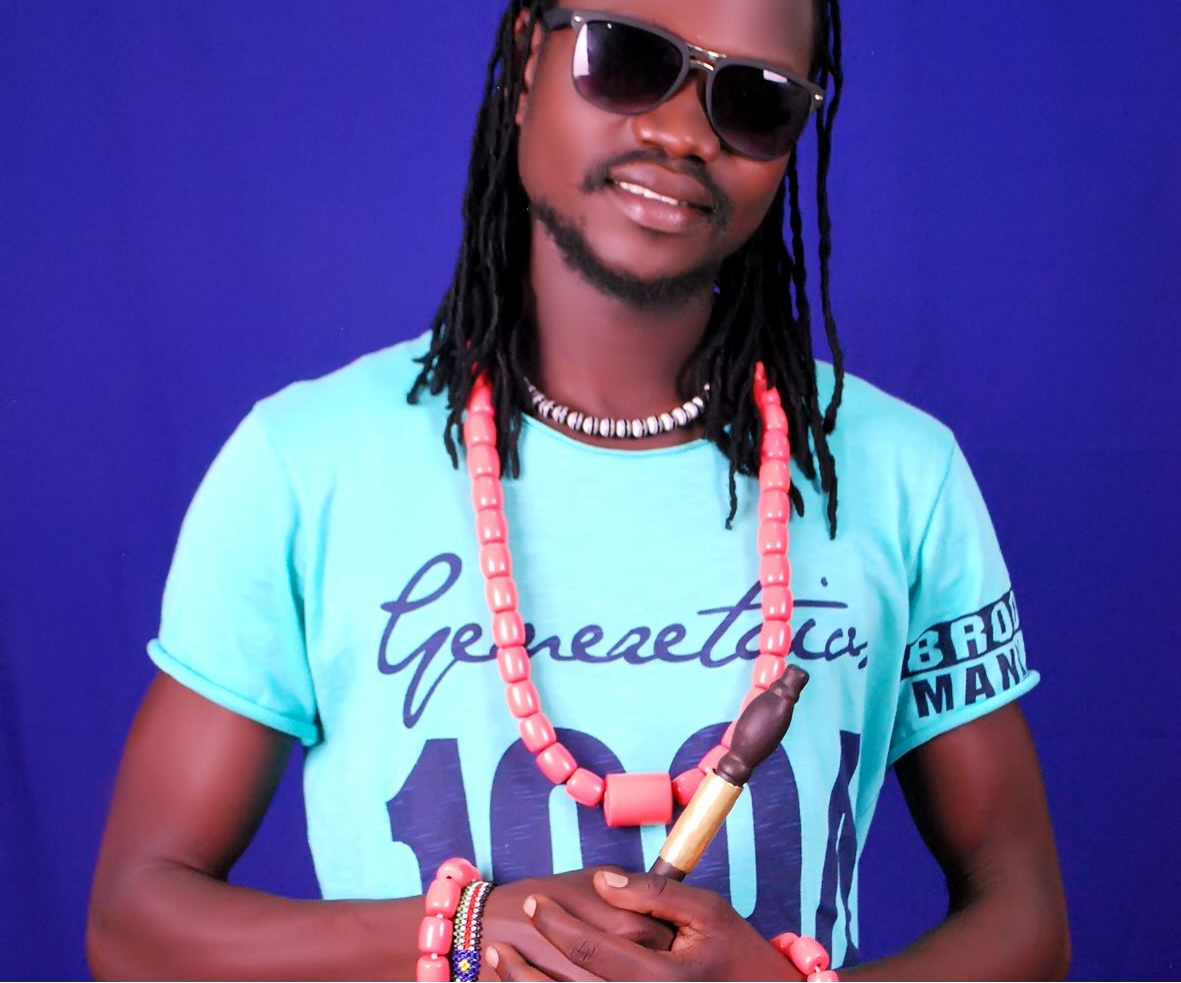Diversity, Power and Magnitude of African Music and its Genres
With no doubt Africa has the most diverse set of cultures, and that makes it the continent with the highest number of music styles and genres in the world, The Democratic Republic of Congo alone has about eight different genres which makes it the top country with the most music genres in the world after Mexico and some other countries in the Caribbean like Jamaica, Puerto Rico and the Dominican Republic (1)(2)(3)(4)(5). The difference is that the genres in the other countries are mostly mixtures or local and migrated cultures, but Congo’s genres are all original built on traditional musical rhythms, no wonder why Kinshasa is the music capital of the whole world (the United States is the media’s sweetheart and definitely has the most music genres, it actually has the most of a lot of things, but only a few can be classified ‘Original’). Other countries like Kenya, Angola and Cameroon also have more than one genre and they all come from traditional rhythms that are developed into modern genres, some of them even became part of the great cultural migration that resulted in the birth of other music genres around the world like Zouk and Calypso in the Caribbean.
As a South Sudanese musician and music producer, I keep wondering what’s the identity of South Sudan’s music? What genre(s) can we say defines our music in South Sudan? This article is my personal contribution as a musician, media persona and writer to hopefully help in the development of South Sudan’s music, and it’s not by any chance meant to devalue a specific culture or overvalue one over another.
South Sudan is rich and colorful when it comes to cultural diversity including music. Traditional rhythms like the ‘Acholi drums’ represented South Sudan very well internationally and placed it in the spotlight and the top of many ‘Heritage and Culture’ events and competitions around the world. However, when we look at the contemporary or modern music in South Sudan, there is no specific genre(s) that represents the country, in terms of rhythms, beats or instruments such as the Bongo Flava for Tanzania, Mokasa of Cameroon or Rumba of Congo. The number of musicians in the country is just great, I believe it can give a spectacular statistical value when talking about the country, but looking at our history, almost all our musicians seem to relate or connect to the music genres of where they grew up, or the genres they favor the most, musicians grew up in Uganda mostly do Ugandan music, same with those who grew up in Kenya and other countries. Others just do what they can and connect to the one they find easier and more convenient to them (or what’s just popular out there). African genres like Afrobeat, Bongo Flava or Soukous, or world genres like Reggae, Hip Hop, Pop or Rhythm & Blues. However, it’s different for those who grew up in Ethiopia and Sudan (before South Sudan's independence), they could not really connect to the main styles of music in these two countries, Ethiopian music is simply different, it calls no other names but Ethiopia, weather out loud or in a low and quite tone. On the other hand, Sudanese music is also different in a way that many South Sudanese could not relate to it. I’m not saying they couldn’t do it, because a lot of musicians from South Sudan managed to and they actually did very well, names like the late Chol Manut (6) come up, but just in terms of cultural diversity and entertainment, they couldn’t just adopt it as their own style.
Defining the Problem
I started music as a rapper, and growing up in the music scene and among a lot of South Sudanese musicians in Sudan, I got to witness literally everyone face criticism, including myself, whether from the public or from fellow musicians. It was the time when digital music was becoming popular, and computer software was being used to compose music rather than live instruments. Instruments can actually be used still, which will make the sounds way more creative and beautiful, but making music digitally is easier, faster and cheaper, so it was what musicians like me were criticized for. People always called our music unoriginal, and we were also criticized for “doing foreign music, and adopting cultures that are not related to our own in any kind of ways”.
Most of the South Sudanese Jazz bands play Congolese music and they get criticized for it all the time. Few of them do traditional music, like the band led by the great musician and teacher Sebit Bandas, but he got a lot of criticism too as people always said he is focusing on a specific traditional rhythm which is of his own ethnic affiliation or belonging- instead of doing something that is general and inclusive of all or many South Sudanese traditions.
Now that I took a stroll back down memory lane trying to process all that, I found out that no one was wrong for doing what they did or choosing the style of music they chose to do; the main and only problem was and still is the fact that no one was able to sit down and pick a specific traditional rhythm or combine several traditional rhythms to be developed into a modern genre(s) that can be used to define South Sudanese music.

Emmanuel Kembe. Source: Radio One South Sudan on Facebook
Exploring the Options
I tried to explore some of the traditional rhythms in South Sudan with the highest potential to be developed into modern genres, and found that the options are plenty. Starting with the Acholi drums, it carries a weight in its uniqueness and the loud centeredness on its three-by-four drum style. I have to say “it’s loved by many” in the country and the song ‘Ana yao bi arufu’ by Hardlife Avenue Stars (7) is a proof of that. Another option is the famous Balanda drums, and some of the other tribes around or close to them, they have the four-by-four drum style that is steady and very attractive, a very famous song that has it is ‘Celebrate’ by Emmanuel Kembe (8).
As a music producer I know what I’m saying when I say if you play with the tempo a little bit, the Balanda drum style can be mixed with genres like Rhythm & Blues, Pop, or even Reggae and Hip Hop, which will then create new and unique genres with the name ‘South Sudan’ out loud as its signature. Another example of traditional drums that can be developed into a modern genre to represent South Sudan is a three-by-four style of drums in the song ‘Binia inti wen’ by Afrimo Adungu (9) and the famous gospel song ‘Waya waya, Moto moto’. It is a very beautiful and famous drum style played by serval tribes from all the three regions in the country (with different speed and tempo).
The above mentioned are not the only options, but only a few that I can describe of the traditional music I have interacted with the most. I only mentioned ‘drums’ because it functions as the center of traditional music and everything else is built around it. But like most or all the other African countries, South Sudan has a verity of music instruments that are very beautiful and attractive in both shape and sound. Instruments like the Marimba with all its shapes and sizes (the ones to be set up on the floor, on a table or stand, and others to be hanged on the neck and balanced by a holder that is placed on the waist), other instruments like the Adungu with all its shapes and sizes as well, and the Ku’di (something that looks like the ‘Tambur’ or ‘Rababa’) and the Lekembe which is known globally as the Kalimba and is said to have originated from Zimbabwe- but I know it very well because it’s one of the main traditional music instruments in my own home village along with the Adungu and the Ku’di. Other parts of the country have whistles and inflatable instruments that look and sound like the flute, and other similar modern instruments made from bamboo or wood that are drilled or known to be empty from the inside. Others are made from different types of horns, and the list goes on.
All the above mentioned instruments can be developed into modern shapes with some sustainable and eco-friendly materials or be used as they are, like how the Ganda Boy (formality known as ‘Da Twinz’ – a Ugandan Duo based in the UK) (10) are doing with the Adungu. The options are many, in both style and instruments, whether known and explored, or still under creation. The most important factor about the whole thing is that all the genres that are currently known or generalized as world music started as a tradition for a specific group of people somewhere specific, then started spreading to other places to be embraced by other groups. The further it went, the more things are added or removed, until it reached its current state or standard.
So my dear South Sudan, our time is now, let’s follow the pattern.

South Sudanese traditional Music Instruments
Ruka Music - the Starting Point
Between 2010 and 2012 Dynamq started the Ruka Music campaign, an introductory campaign to introduce ‘Ruka Music’ as the music genre of South Sudan or a music genre from South Sudan. He mobilized people to take photos with sign posts that reads ‘Ruka Music’, it didn't really matter if it was printed, handwritten or whatsoever. He then posted the pictures on his Facebook page (11) with the caption “Ruka Music – A new style of music coming from South Sudan” then urged people to share their own photos to mobilized other people to do the same too. The campaign got a lot of acceptance and support, he managed to get some celebrities from other parts of the world to participate as well, which was super impressive. I myself participated with more than five pictures, alone and with friends. In almost all his songs he mentions the term ‘Ruka Music” then adds his signature “A’buma Ye” and to me it is simply how people recognized his music. Now it is more of a signature than a genre. Coming back to the music itself, Ruka is a very famous word in the Juba local Arabic and it means ‘Elegance’ which to me is a very suitable word for a local genre, it sounds original, but then what’s the harmonic rhythms of Ruka Music? What are the instruments that give it a unique stand-alone position among all the other genres? And most importantly, what’s the drum patterns and style that identifies it?

Dynamq – the river Nile crocodile . Source: https://profileability.com/
When the whole Ruka Music thing started, it had a specific style, which was some kind of a Dancehall mixed with African rhythm, like what Dynamq did with the songs ‘Jere Jere’ (12) and ‘Kalamat de wosulu’ (13) featuring Queen Zee and Yaba Angelosi. But they sound no different than a lot of other different genres out there. I’m not saying music genres from different places cannot sound the same or have similarities, but in all this, what gives it its unique state and standard?
I totally agree with the idea, I give it a hundred and ten, but to me it should be more of slow jams that inspires slow dance with some sexy and attractive moves that would represent ‘Elegance’ as the name implies. Another one is the ‘Yuku music’ by WJ De King, WJ is known to be one of the most decorated, consistent and energetic musicians in the South Sudanese music scene. I don’t really know how to translate the word ‘Yuku’, but it’s more like the unexpected energy that gets your undivided attention and keeps it for as long as it can. The best explanation for it is like when you raise your hand or something as if you are trying to hit someone but then you don’t because your intention was only to scare them or get their attention, and to me that is an amazing and a very suitable concept or idea for a music genre that would represent South Sudan and give its music an identity, now let’s find out which of the traditional rhythms can match it or which rhythms can be mixed to live up to the names ‘Yuku’ or ‘Ruka’.

WJ De King. Source: Music in Africa
Finally – Does Language Matter?
I used to be one of the people who strongly criticized musicians who sing in dialects, but after a long and hard thinking I came to the conclusion that language doesn’t “really” matter. It is very important for a song to reach a very wide range of audiences who actually understand what’s the song saying. However, whatever language it is shouldn’t be an element of measurement to for its quality. Singing in local languages or dialects has been very common in Africa as of lately, even musicians who are known to be doing contemporary genres like Hip Hop are now singing in their native languages, an example of that is Navio of Uganda with his songs ‘Tumunonye’ (14) and ‘Njogereza’ (15).
South Sudan doesn’t have a language that is generally spoken by multiple ethnical groups in all its three regions or in different areas of the country other than some twisted accents of both Arabic and English. In my opinion, language is a documented dialect so we might as well start working on that while developing our music to give it a signature in the form of our own genre or genres.
References
https://en.wikipedia.org/wiki/Music_of_the_Democratic_Republic_of_the_Congo (1)
https://en.wikipedia.org/wiki/Music_of_Mexico (2)
https://en.wikipedia.org/wiki/Music_of_Jamaica (3)
https://en.wikipedia.org/wiki/Music_of_Puerto_Rico (4)
https://en.wikipedia.org/wiki/Music_of_the_Dominican_Republic (5)
https://www.youtube.com/watch?v=WVJkZKHSyh0 (6)
https://www.youtube.com/watch?v=UjE7ZcGnTy8 (7)
https://www.youtube.com/watch?v=D_KQEYluNbs (8)
https://web.facebook.com/afrimomusic/ (9)
https://www.youtube.com/watch?v=YUuLxfqnjD4 (10)
https://web.facebook.com/dynamq (11)
https://www.youtube.com/watch?v=7PLoDbyssIw (12)
https://www.youtube.com/watch?v=HJ2Gk-BMhVQ (13)
